LORETA (Low-Resolution Electromagnetic Tomography) is a non-invasive neuroimaging tool that provides insights into brain activity by mapping electrical patterns in ALS patients, particularly within the motor cortex. By offering real-time visualization of brain changes, LORETA could play a crucial role in personalized care and developing new therapeutic strategies for ALS.

Exploring the Potential of LORETA in Understanding and Managing ALS
Article Sep 27, 2024
Rob Keefer
What is LORETA?
LORETA is a noninvasive neuroimaging technique that measures brain electrical activity with high spatial resolution. It provides a three-dimensional representation of the brain's electrical patterns by capturing EEG signals and localizing them within specific brain regions. This technology enables researchers and clinicians to visualize which areas of the brain are active or disrupted in real-time.
The Role of LORETA in ALS Research
ALS primarily affects the motor cortex and other regions responsible for voluntary muscle movement. Using LORETA, researchers can examine disruptions in brain electrical activity, which are often associated with the progressive degeneration of motor neurons. LORETA allows for the visualization of abnormal patterns in cortical activity, providing insight into how ALS progresses at the neuronal level.
For example, studies utilizing LORETA have shown alterations in functional connectivity within motor networks in ALS patients. These changes correlate with the clinical progression of the disease, such as muscle atrophy and loss of motor control. By tracking these patterns over time, clinicians can potentially identify early markers of ALS and monitor its progression more effectively.
Potential Applications of LORETA in ALS Management
Early Diagnosis: One of the major challenges in ALS is identifying the disease in its early stages. By utilizing LORETA, researchers can detect subtle changes in brain activity before physical symptoms manifest. Early diagnosis is critical for implementing treatments that could slow disease progression and improve the patient's quality of life.
Monitoring Disease Progression: ALS progresses at different rates for each individual, and tracking the disease's impact on brain activity is crucial. LORETA provides a way to continuously monitor the degenerative effects on the motor cortex and related areas, offering a detailed picture of how the disease advances. This information can guide treatment plans, allowing for personalized care.
Evaluating Treatment Efficacy: With the growing number of experimental therapies for ALS, evaluating their effectiveness in a noninvasive and accurate way is essential. LORETA can be used to assess changes in brain activity in response to treatment, whether medication, neurostimulation, or rehabilitative therapy. By visualizing the brain's response, clinicians can make data-driven decisions to optimize treatment strategies.
Neuroplasticity and Rehabilitation: Although ALS is primarily a neurodegenerative condition, there is some evidence suggesting that the brain attempts to compensate for the loss of motor neurons through neuroplasticity. LORETA can help explore how remaining neurons reorganize and adapt over time, which may be critical in developing rehabilitative therapies aimed at preserving motor function for as long as possible.
Challenges and Future Directions
Despite its potential, LORETA has limitations, such as its relatively low spatial resolution compared to other imaging methods like fMRI. However, when used in conjunction with other neuroimaging techniques, LORETA provides valuable complementary data. Future research could focus on improving the accuracy of LORETA and integrating it with other diagnostic tools to create a comprehensive approach to ALS diagnosis and treatment.
Conclusion
The application of LORETA in ALS research and treatment holds significant promise. Its ability to visualize brain activity non-invasively opens new avenues for early diagnosis, tracking disease progression, and evaluating therapeutic efficacy. As research continues to evolve, LORETA may become an integral part of ALS management, offering hope for more personalized and effective treatments for those battling this debilitating disease.
Looking for a guide on your journey?
Ready to explore how human-machine teaming can help to solve your complex problems? Let's talk. We're excited to hear your ideas and see where we can assist.
Let's Talk